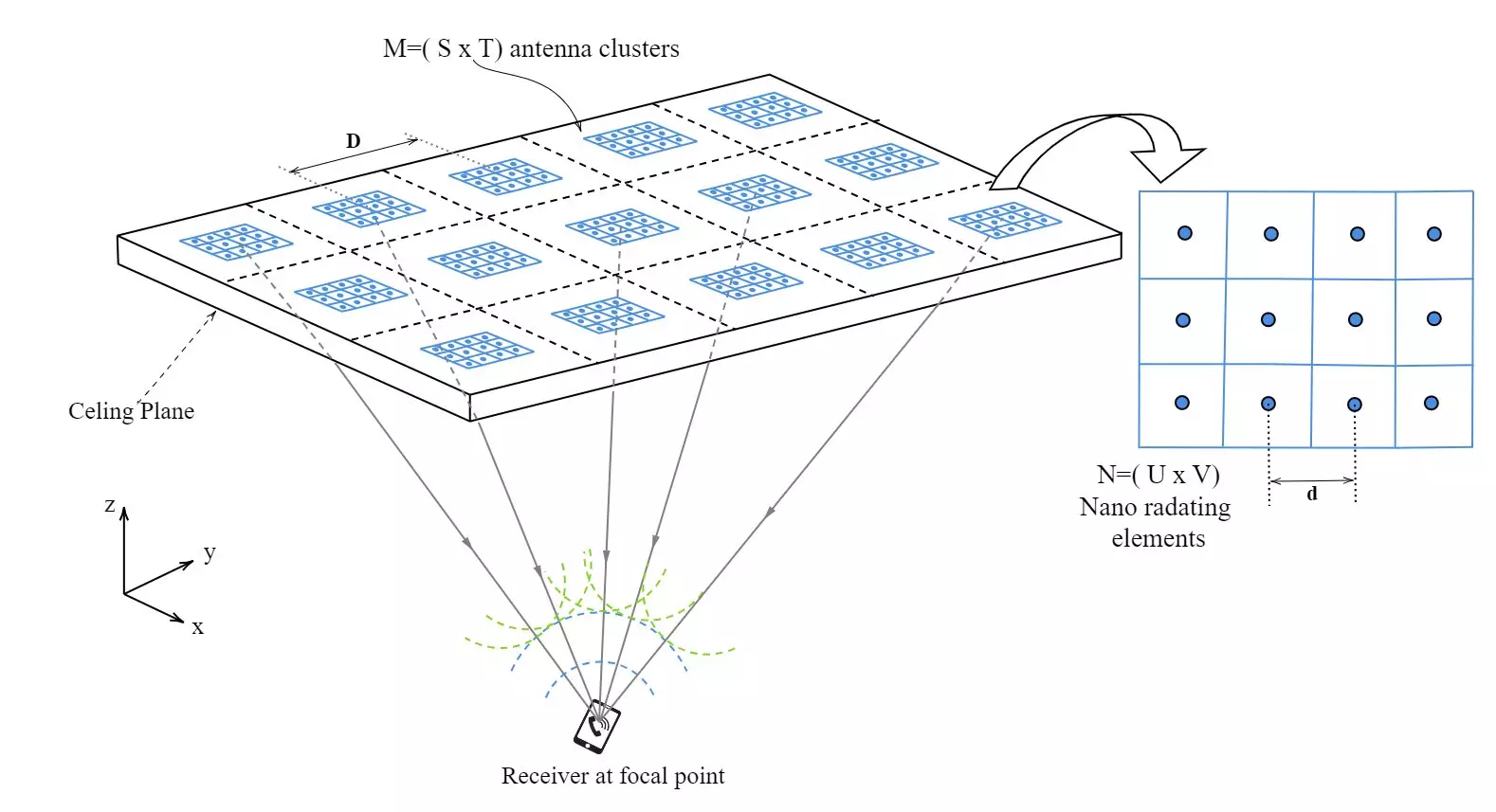As the digital era rapidly expands, the demand for efficient indoor wireless communication is escalating. Traditional technologies like Wi-Fi and Bluetooth, at the forefront of wireless connectivity for years, are increasingly encountering difficulties in meeting user needs. Data congestion, limited bandwidth, and performance inconsistencies have become common complaints. In response to these challenges, Optical Wireless Communication (OWC) has emerged as a radical alternative aimed at providing quicker, more reliable connections. This article discusses groundbreaking research centered on OWC that promises to redefine the landscape of wireless communication.
Optical Wireless Communication utilizes light waves, particularly infrared (IR), to facilitate the transmission of data. Unlike RF systems, which can be easily hindered by physical obstructions and interference, OWC significantly diminishes these impediments, ensuring faster connectivity across various environments. Researchers are now venturing into innovative applications of OWC, including the development of advanced systems that leverage multiple optical antennas for enhanced signal transmission. This approach not only addresses the reliability issues seen in RF systems but also aligns with global calls for more sustainable technology solutions.
At the core of this research is a pioneering idea called the “phased array within a phased array.” This concept is notable for its parallels with quantum mechanics, specifically the principle of quantum superposition. Much like a particle can exist in multiple states at once, the phased array system constructs smaller optical antennas within larger arrays. When these antennas are strategically aligned on a flat surface, their combined function yields a powerful and precise IR signal. This sophisticated arrangement promotes redundancy in signal transmission, ensuring the clarity of data even when faced with environmental obstacles.
A distinguishing feature of this innovative system lies in the implementation of dual transmission wavelengths. This multi-faceted approach not only focuses on refining signal accuracy but also improves overall stability. As a result, even when the spacing between transmitter clusters is greater, the chances of signal degradation diminish significantly. This capability ensures robust communication networks capable of adapting to complex scenarios, enabling quality interactions even in heavily populated or dynamic spaces.
Alongside enhancing signal performance, the aspect of energy efficiency cannot be overlooked. The Ant Colony Optimization (ACO) algorithm is employed to foster intelligent resource use, mirroring natural behaviors of ants when foraging. By selectively activating clusters essential for signal transmission, the system conserves energy—much like dimming lights in a dormant room. This method stands in stark contrast to traditional wireless networks which often operate at full capacity, wasting valuable energy resources. The ACO-driven model significantly cuts operational costs while contributing to environmental sustainability, an increasingly critical concern in today’s tech landscape.
The implications of this research extend far beyond theoretical advancements; practical applications are emerging in various sectors. From health care facilities that require secure and dependable communication to bustling office environments, the potential use cases are numerous. Notably, the principles underlying this technology are not limited to infrared wavelengths. They present a scalable framework that can evolve with emerging technologies, promising continued applicability across diverse wavelengths as scientific understanding and infrastructure develop.
By endeavoring to enhance the reliability, speed, and energy efficiency of wireless networks, this research paves the way for a future where seamless communication becomes the norm. The architectural elegance of a phased array system, much like fundamental principles found in nature, showcases a path toward innovative wireless solutions fit for a rapidly evolving world. Emphasizing sustainability alongside performance, this work not only proposes practical breakthroughs but also reshapes the very essence of how we connect in an increasingly digital landscape. The era of Optical Wireless Communication is upon us, promising tools that will redefine our interactions both socially and professionally.


Leave a Reply